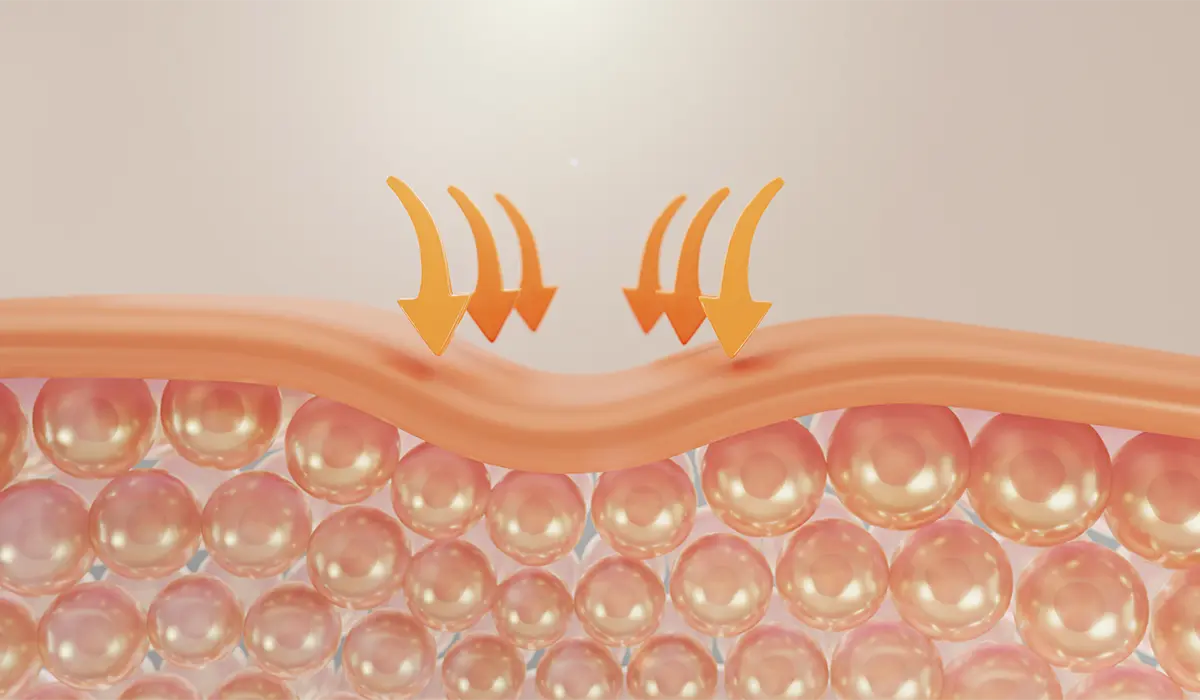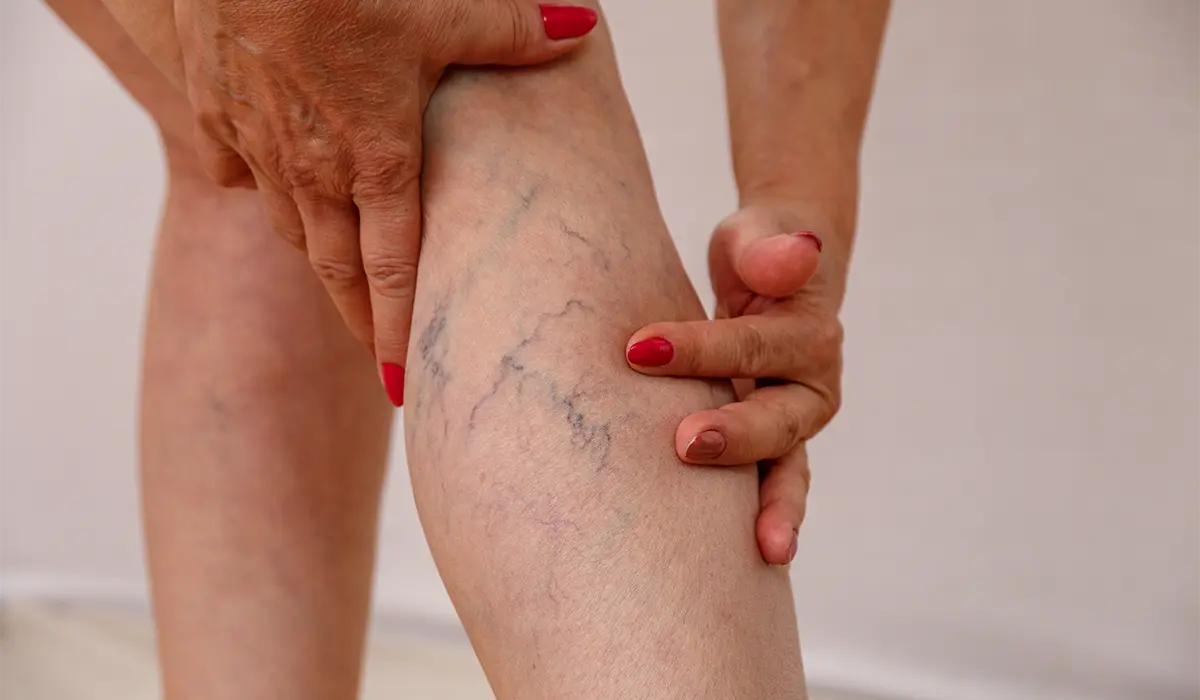Regenerative medicine is a branch of medicine that aims to heal diseases and tissue damage through the body’s own repair mechanisms. While traditional treatments suppress the disease, regenerative medicine aims to renew damaged tissue and even restore it to its former function. Thanks to advances in technology and biotechnology, this approach has now become applicable in many areas. So, how does regenerative medicine work, in which fields is it used, and is it truly effective?
Basic Principles of Regenerative Medicine:
- Cellular-level renewal of damaged tissue
- Restoration of bodily functions by natural means
- Therapeutic use of cells, tissues, and genetic material
Areas of Use:
- Musculoskeletal injuries (joint, tendon, muscle injuries)
- Aesthetic applications (skin rejuvenation, hair loss treatment)
- Chronic wounds
- Dentistry
- Cardiovascular system (regenerative intravascular treatments)
Application Methods:
- PRP (Platelet Rich Plasma): The platelet-rich part of the patient’s blood is separated using special devices. With its growth factors, it is applied to the damaged area.
- Stem Cell Applications: Stem cells obtained from adipose tissue or bone marrow are injected into damaged tissues. They accelerate repair by stimulating cell division.
- Bioactive Materials: Growth factors, peptides, and protein-based agents stimulate cell renewal.
Advantages:
- Healing without the need for surgery
- Supporting natural processes
- Low risk of side effects
- Short recovery time
Conclusion:
Regenerative medicine has started to take its place in many fields of medicine as the treatment approach of the future. Whether for aesthetic or therapeutic purposes, it provides high satisfaction and functional gain. Thanks to applications performed by experienced specialists such as Dr. Kadir Çeviker, the body’s natural potential can be activated correctly. Health is sometimes not just about healing; it is about restructuring.





